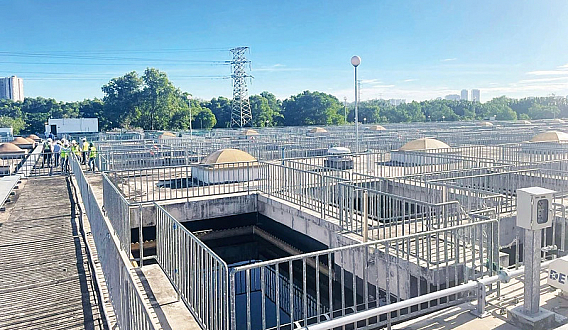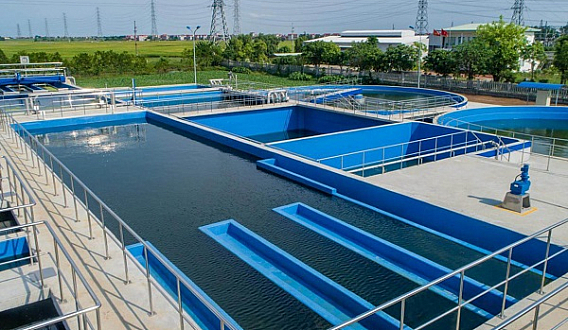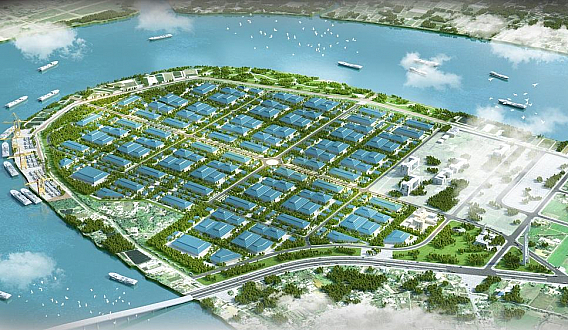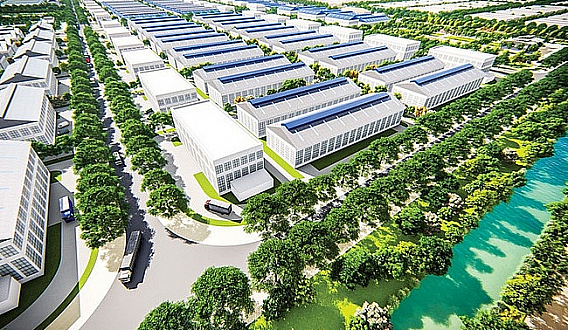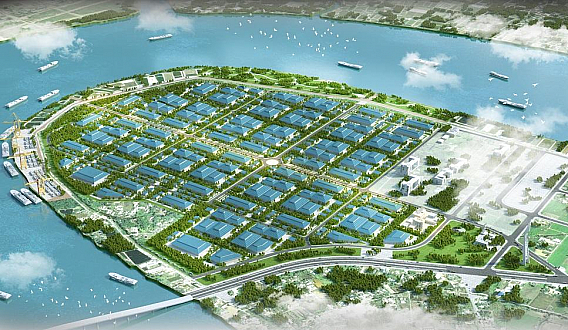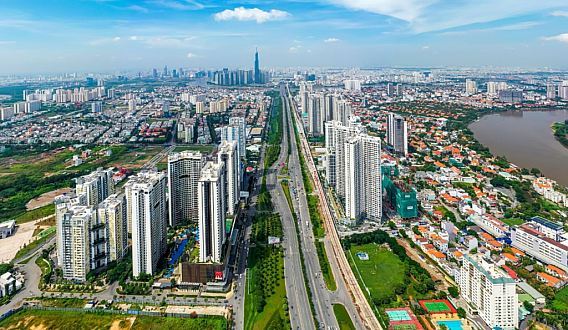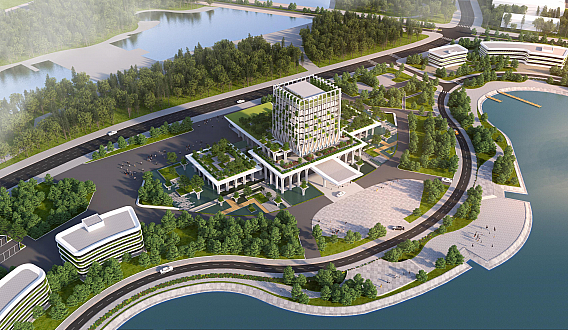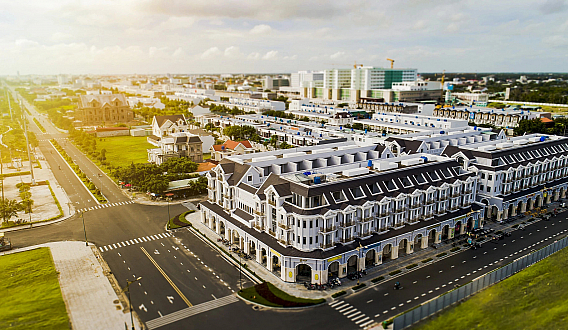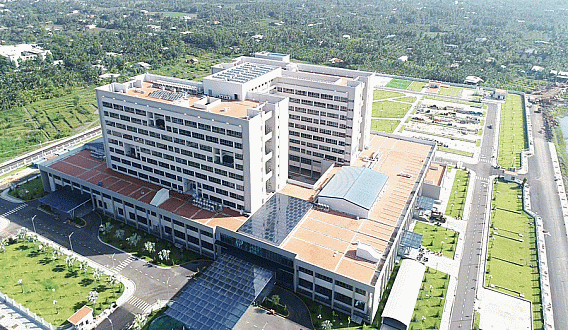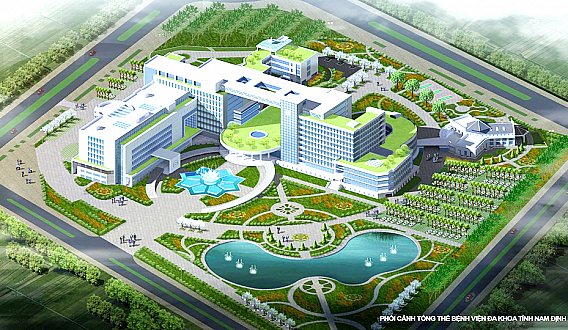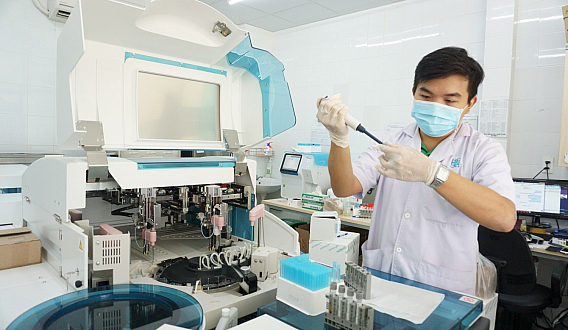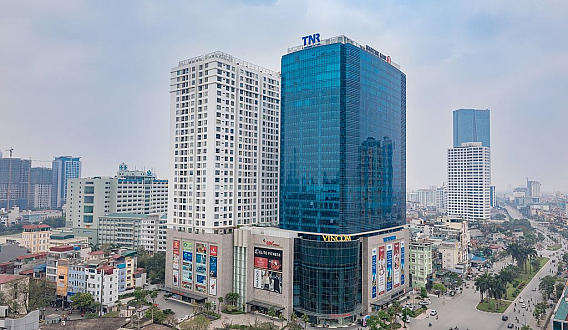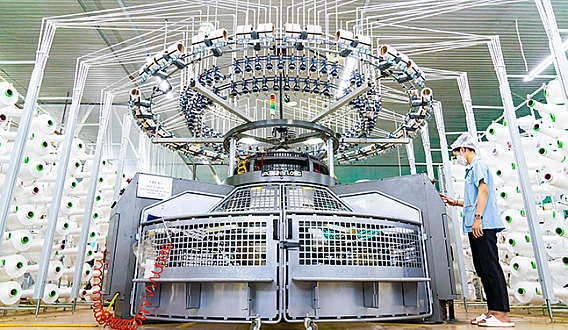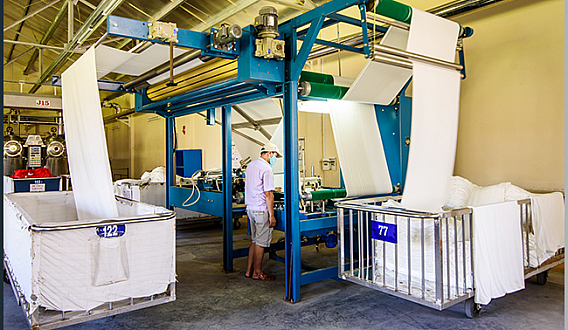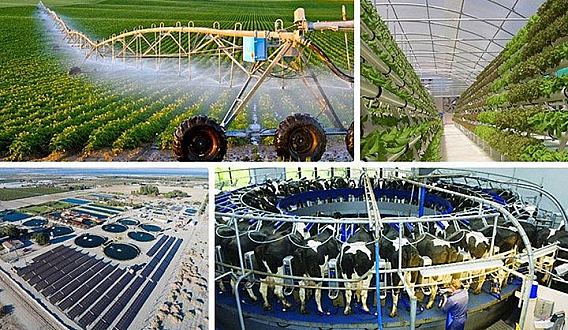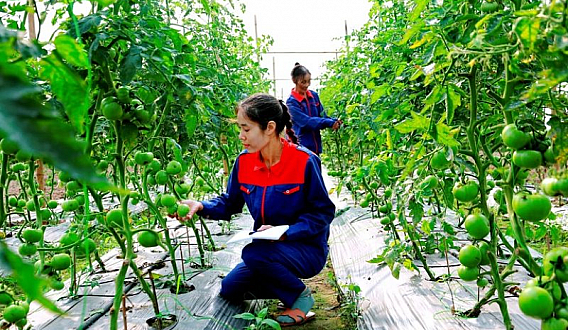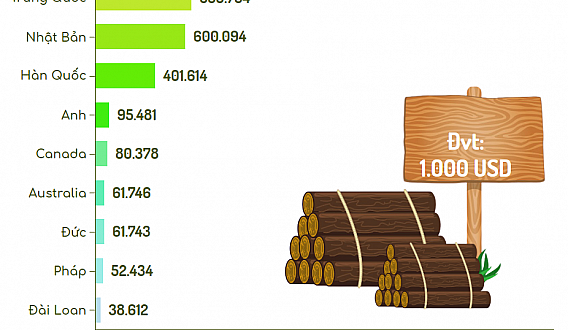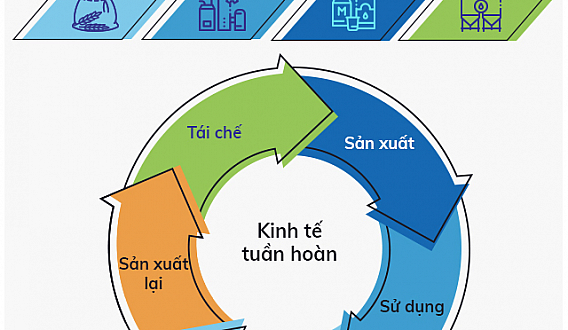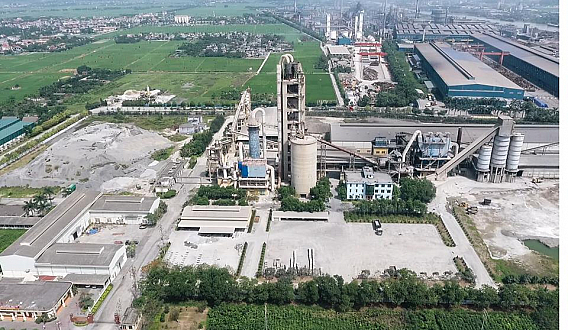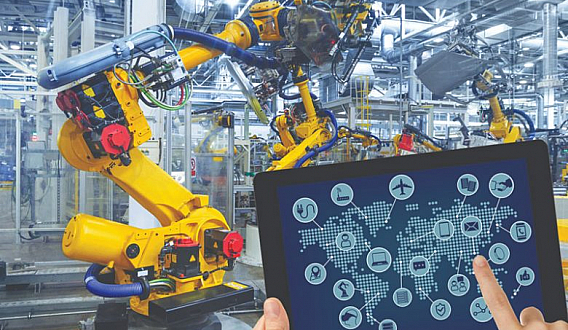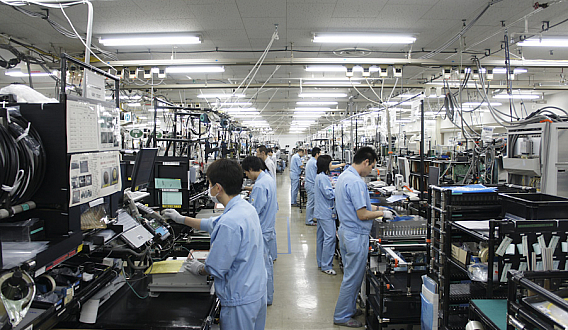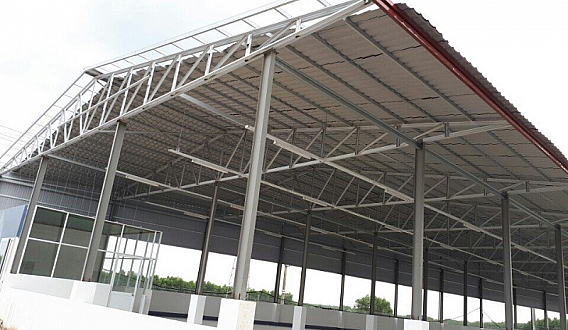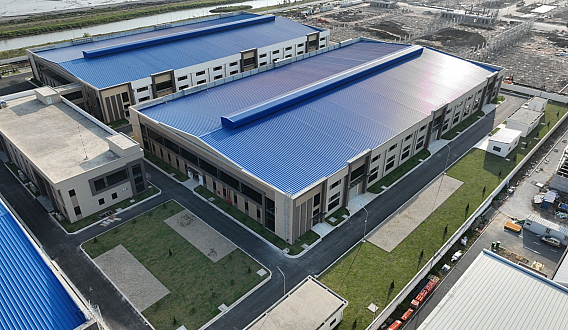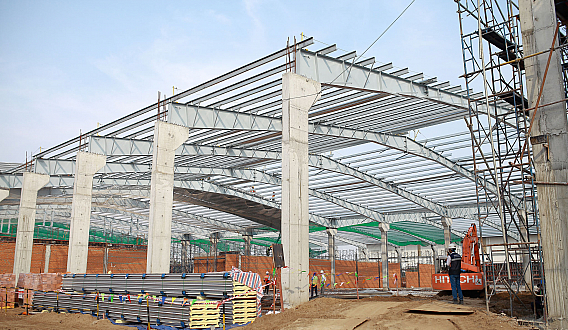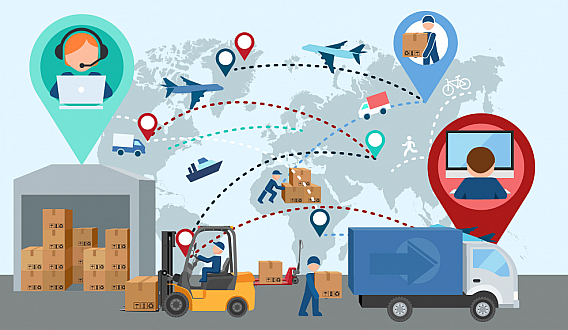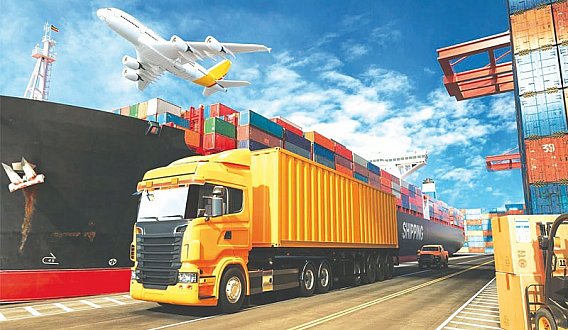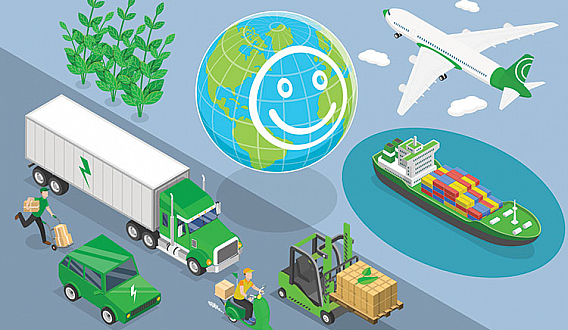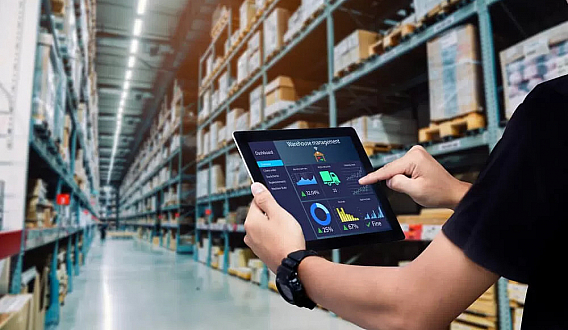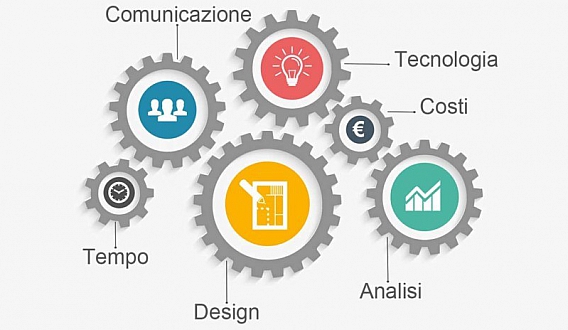Positioning the logistics industry in the technology age
Positioning the logistics industry in the technology age
Globalization is strongly occurring worldwide with the development of market economy and the era of Industry 4.0. Nowadays, people not only talk about the natural law of "universal gravitation" but also the artificial law of "internet of things" thanks to the progress of science and digital technology.
1. Two major focal points in the economy are set up with the changes in the region and the world: Standards and Product Supply Chains. The logistics industry is a part of supply chain management related to the effective flow of goods, services, and related information from the point of origin to the point of consumption based on customer demand. With the development of digital technology, logistics plays an increasingly central role in the supply chain. Logistics not only has a large investment cost and a strong impact on product prices - accounting for an average of 5% of national gross domestic product (GDP) and 20% of the final price of goods but also has a decisive nature on the quality of international trade when every customer, regardless of distance, wants their products to be delivered quickly and perfectly.
The application of digital transformation in logistics has been slow compared to other industries in previous decades. However, in the past 5 years, this industry has seen an increasing number of companies collaborating more closely with technology companies as this field opens up a market worth hundreds of billions of USD. According to statistics, about $2.3 trillion worldwide will be invested in technology and services that enable digitalization by 2023.
The Vietnamese economy is an open economy based on international trade when it has bilateral economic relations with more than 230 countries and territories. Vietnam has signed 16 free trade agreements (FTA) with 60 economies. As of 2021, the total import and export turnover of the whole country reached $670 billion, nearly twice the GDP. Vietnam also has an important geopolitical position in the region, especially in the East Sea - the vital maritime route connecting the Pacific and Indian oceans, Europe and Asia, the Middle East, and Asia. This is considered the second busiest international transport route in the world. The East Sea holds a great strategic importance: Over 90% of the world's commercial transport is carried out by sea, and 45% of it goes through the East Sea with trade worth nearly $5.5 trillion each year. Many countries and territories in East Asia have a vital dependence on this maritime route, such as Japan, South Korea, Taiwan, Singapore, and even China.
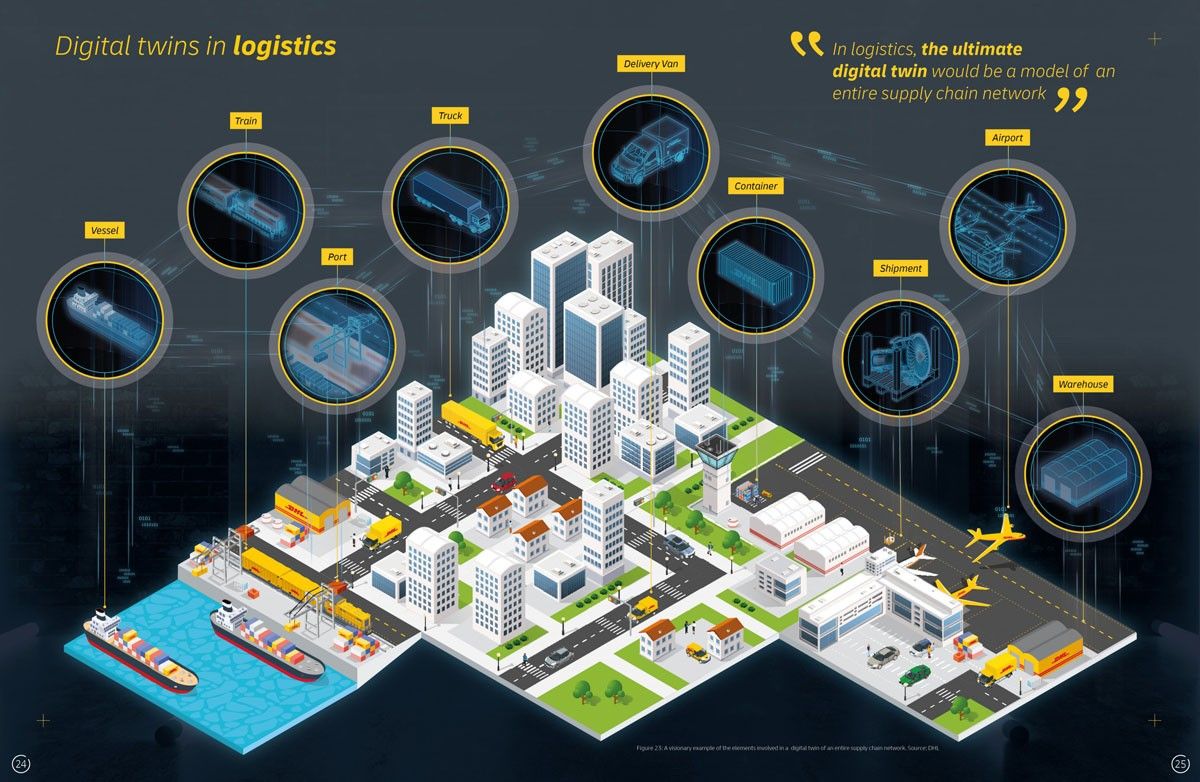
Furthermore, digital transformation also poses many risks: a recent survey of top executives showed that digital transformation (DT) risk was their number one concern in 2019 as about 70% of DT initiatives did not achieve their goals. Of the $1.3 trillion spent on DT in 2022, an estimated $900 billion is wasted. Therefore, to effectively apply digital transformation in the logistics industry, businesses need to raise awareness to be able to take advantage of the digitization process, increase efficiency, build trust between trading partners and stakeholders, optimize supply chain routing, manage transportation vehicles well, make smart decisions on cognitive computing and AI-supported tools, etc.
In fact, digital technology will help the logistics industry overcome challenges by optimizing processes, end-to-end communication, supply chain management, improving customer experience, and controlling costs. According to a new study, digital technology in general and AI in particular can propel the ASEAN regional economy, including Vietnam, to a higher level. If ASEAN members catch up with the pace of AI adoption, they could add nearly $1 trillion (over $100 billion for Vietnam alone) to the total gross domestic product of the region by 2030.
2. Applying digital technology in logistics businesses is a highly scientific breakthrough transformation process, requiring pioneering research and proposing appropriate economic-social planning models for each region and natural environment, as well as appropriate time models to ensure success. Logiinds Corporation (under the CT Group) is a typical example. In the 2023 plan, Logiinds focuses on building a modern customs warehouse at Tan Son Nhat and Da Nang airports. Logiinds' digital technology application strategy consists of four phases: digital transformation launch, digital business model transformation, new business direction orientation, and finally, enterprise structure transformation. This is also the highest development stage in the digital transformation process, establishing a whole enterprise structure system through long-term digital transformation.
.jpg)
To build a digital business environment that brings practical benefits and supports start-ups and efficient digital business transformation, management agencies need to develop five macro policies, specifically:
National standard logistics policy: In technology, standards are the number one priority, therefore it is necessary to develop a general logistics standard policy for Vietnam that is in line with the trend of standards and digital transformation rules of developed industrial countries; to connect perfectly software and hardware standards of logistics and transportation systems to create a synergistic strength.
Digital skills training: Any technology solution must consider the impact on workers and put people first, it is necessary to build a common commitment to train digital skills for the workforce.
Linking economic-social resources (capital cluster): Logistics is the bottom of the pyramid, necessary not only for all supply chain activities but also for all economic activities such as tourism, commerce and investment. However, this is also the field that requires the most resources to invest in and conversely, together with the transportation system, the logistics industry with the application of digital technology will be the most important resource of national product resources and the foundation, closely linked to the other 4 main resources: resources, people, finance and society. Only the close linkage of these resources can ensure the success of the logistics industry's development and create conditions for initiating, breakthroughs and spreading the country's second economic innovation campaign. In this way, the logistics industry with successful application of digital technology will be the fundamental resource to position the national economy on the international market.
International cooperation in developing logistics centers: The supply chain is a global business sector and is currently undergoing a transformation, therefore there needs to be a strong policy of international cooperation in developing logistics centers, especially in key economic areas such as the Mekong River Delta, the Red River Delta and the central region. Need to value economic integration in ASEAN and see it as the focus for international trade negotiations and building a national supply chain strategy, ensuring Vietnam's important position in the region.
Cybersecurity: Digital transformation brings many benefits, however, application also poses many risks. Therefore, it is necessary to strengthen cooperation and improve capacity in the field of cybersecurity when building and implementing technology application strategies.
Together with the awareness and efforts of the business community in the digital transformation field, the effective construction and implementation of relevant policies by the Government will position Vietnam's logistics industry on the international market.


